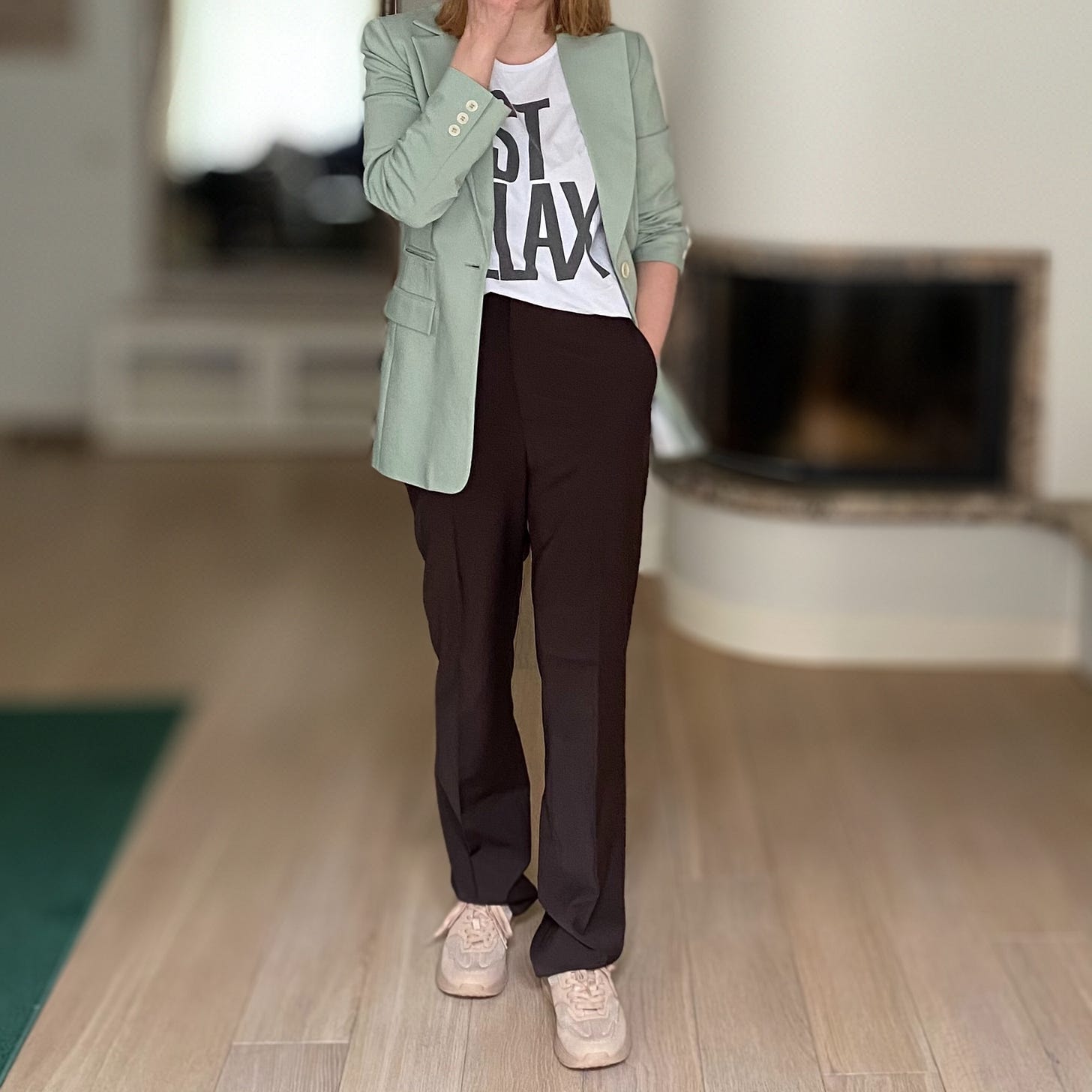Test-Driving Kibbe Types: Gamines, Naturals and Classics
So many questions... about femininity
Last week, I tried on Romantic and Dramatic Kibbe types, and this week I decided to experiment with the remaining Kibbe dressing recommendations - Gamines, Naturals, and Classics. It truly took me on a journey, and I had many thoughts about femininity that took me by surprise.
To recap, Kibbe types are based on different combinations of Yin and Yang - where Yin represents soft, rounded shapes, and Yang represents angular shapes. There is more nuance than that, as height and overall body type also come into play. If you want to determine your type, it’s actually fairly easy to do so using Kibbe’s new book. Although there are plenty of quizzes available online, the book offers a clearer, less confusing approach (you can read about my self-diagnosis here).
Flamboyant Gamine
I started with Gamines. To be a Gamine, you need to “be” (or appear) somewhat petite, with the option of having either extra Yin or extra Yang. Kibbe describes Gamines as a combination of opposites. If you have extra Yang (sharp shapes), you will be classified as a Flamboyant Gamine; if you have extra Yin (soft shapes), you will be a Soft Gamine.
The guidelines for a Flamboyant Gamine are quite straightforward: create a strong vertical line that is interrupted by numerous details, guiding the eye downward in a staccato fashion.

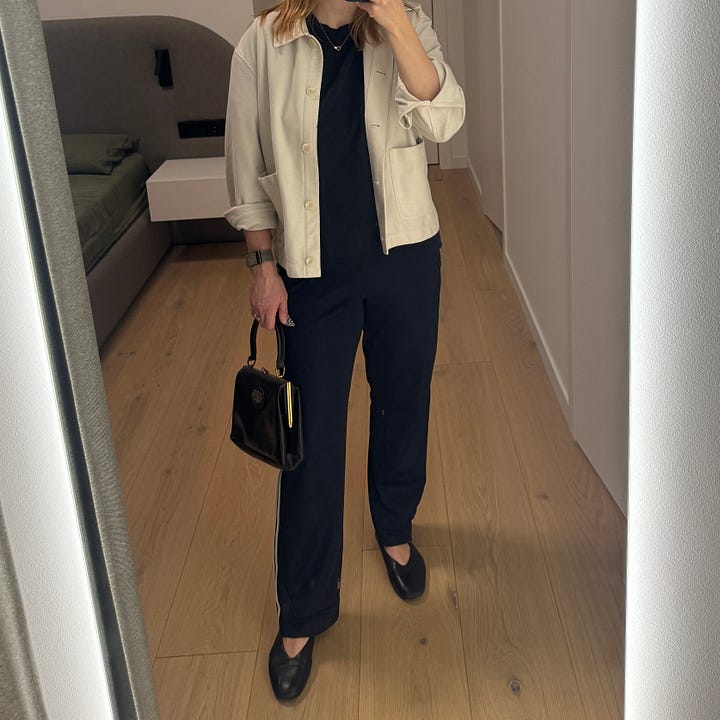
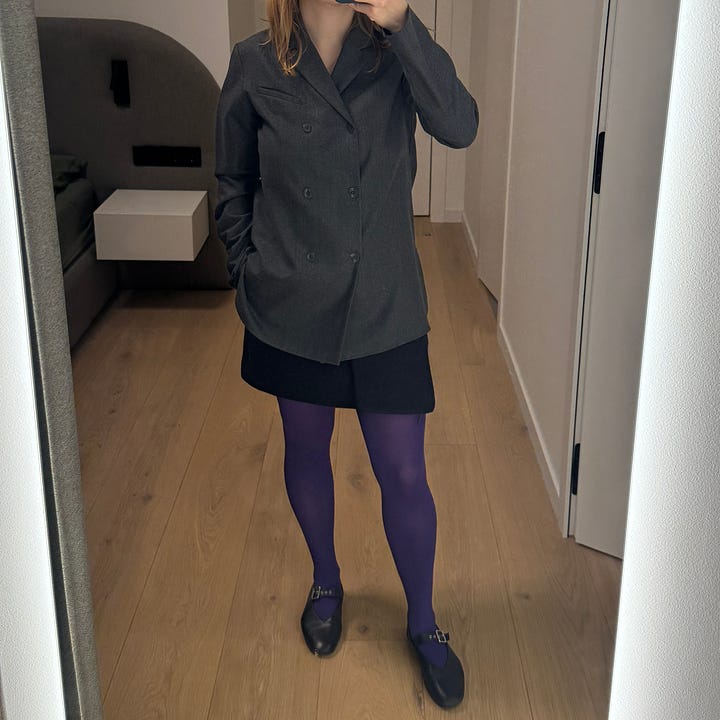

Overall, I found this look very natural and easy for me. It includes color blocks, mini skirts, and many details, as long as they remain quite angular. The pink sweater outfit almost doesn't fit this category, but I still included it. This category requires looking boyish and young, which, for some reason, comes naturally to me.
Soft Gamine
The recommendation for Soft Gamine is also to create a staccato effect with many details, but the underlying base needs to be curvy. I struggled with this one, just as I have with most of the curvier types. This look is a bit more girlish due to its curvy base, and I felt extremely off trying on these outfits (to be honest, there weren't many options I could try, as I don't have many curve-emphasizing pieces in my wardrobe these days). I pulled some clothes I had from years ago, and this is what I came up with. These outfits are pretty bad, but they kind of illustrate the point.

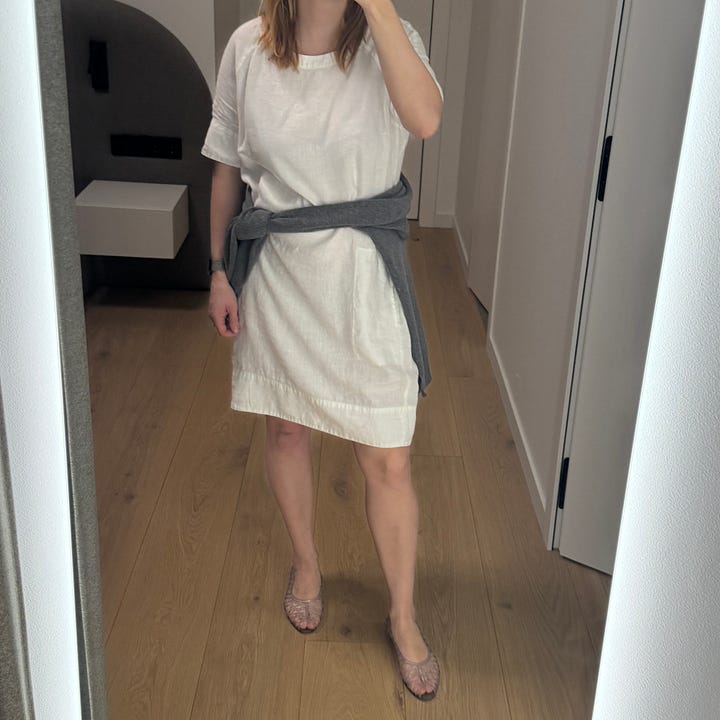
I am also including a picture of Sabrina Carpenter, who is an “official” Soft Gamine (diagnosed by David Kibbe). As you can see, her look is extremely bodycon and girlish.
I then started thinking even more: Why do I feel less comfortable in curvier, more girlish options, yet have no problem wearing boyish, flamboyant gamine outfits? Is it because emphasizing curves necessarily means wearing something tight? Or is there a deeper issue where I'm trying to present as more masculine? Perhaps it's because I work in tech - a male-dominated field - where it almost feels like you need to avoid showing your femininity? I also feel that there seems to be abundance of androgynous and angular clothing, and then there are the sexy, Kim Kardashian–type brands, both of which are in a way male-oriented. So, where are the modern feminine brands? I can only think of A.W.A.K.E. Mode, Viveh and perhaps Rohe - or perhaps I just haven't been looking hard enough?
Anyway, I'll let these questions linger in my mind for a bit while I move on to the next try-on: Naturals and Classics.
Dramatic Classic
The instructions for Dramatic Classic are simple: the eye needs to travel downward, not outward. It's somewhat similar to the Dramatic style, but less extreme. Dramatic Classic doesn't need to be as narrow - it can include color blocking and other elements - but it still must maintain sharp, angular edges. In general, it's quite easy for me to find similar outfits. The one below is from some years ago (although it would need to be even more angular to meet the requirements), but I could probably see myself wearing something similar quite often.
Soft Classic
Now, Soft Classic is a fun type that did not intimidate me, even with its curvier requirements. It calls for a smooth, clean outline where the eye gracefully follows the curves. In this scenario, I believe the curves are less pronounced because this type is balanced between Yin and Yang, with a slight Yin (soft) influence. The side wraps in these Tibi pieces below are exactly as shown in the book - the outfits remain smooth and clean while acknowledging the presence of a subtle curve.


Flamboyant Natural
Flamboyant Natural is driven by Yang - featuring angular shapes - and is bold and blunt. It requires a relaxed, unbroken outline with width at the top, particularly in the shoulder area. Most Kibbe examples feature material that drapes from the shoulders, adding length. However, this is the type I find most confusing to dress. I tried to recreate the outfits using maxi pieces below - once again, the same Tibi dress, but styled over pants to add volume and boldness, as well as a long robe from Oman. Still, I'm not sure if I got it right.


Soft Natural
Finally, Soft Natural requires an outline that has width on top and then follows the curves. It also seems a bit confusing, to be honest, but I tried to recreate some options based on Kibbe examples. The examples include wider skirts, so I used that style in my wardrobe. I would say it is one of the least fitting styles for me (remember, an app decided that I am Soft Natural - huh?). In any case, here are a couple of not very good options.
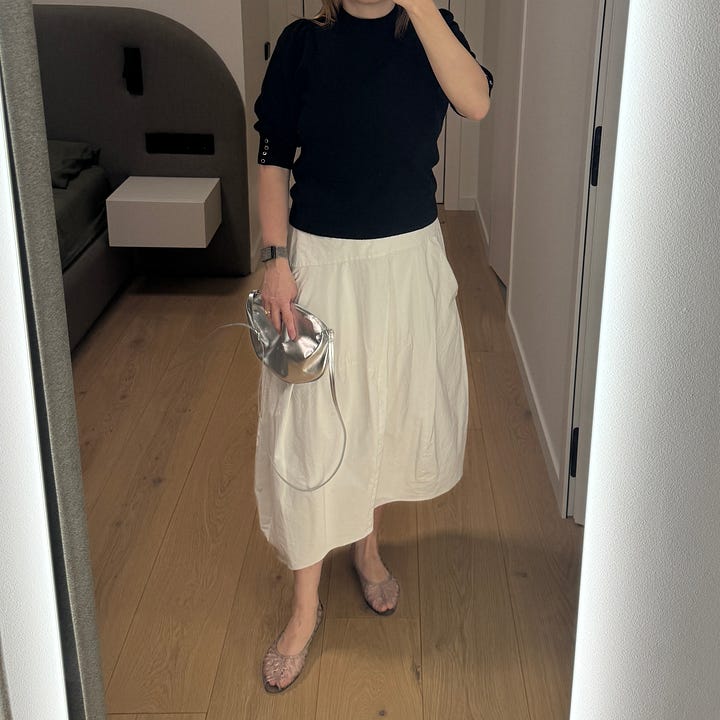
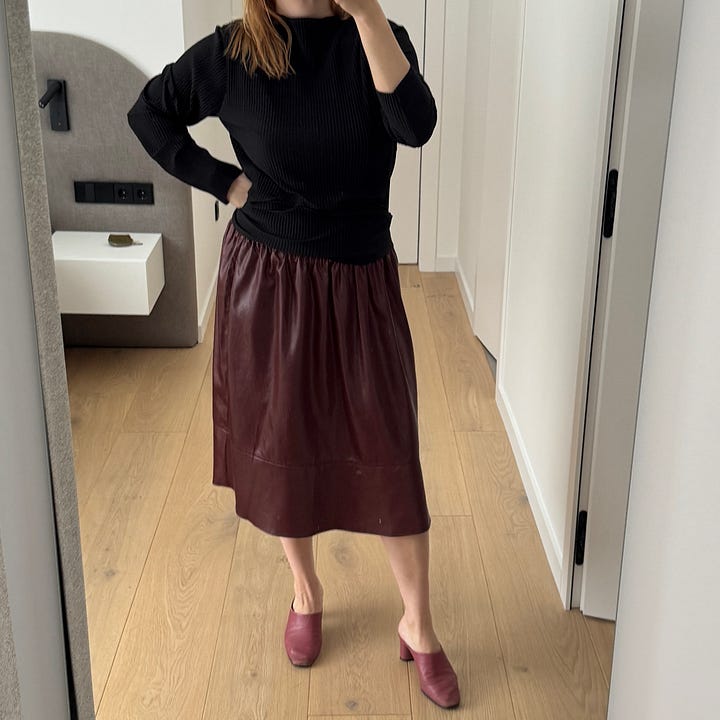
So What Did This Experiment Show Me?
Do not balance your body type - go to the extreme. We often hear about balancing our body types - for example, if you have an hourglass shape, you need to emphasize the waist; if you have a pear shape, you need to add volume on top to create balance. However, it seems to me that Kibbe leans into the extremes: if you are a sharp Dramatic, you need to embrace and emphasize that quality to the maximum extent. If you are a soft type, use soft elements to emphasize your curves. I like this approach because it encourages people to lean into their unique traits rather than going for an average type.
Questions about femininity remain unanswered. I need to delve deeper into my discomfort with curves and feminine clothing in a broader sense. I never really considered it before, but I'm sure there's a psychological aspect to it. Is it simply that I feel too exposed in tight-fitting clothing, or is there something else at play?
Kibbe Type is a good way of saying no. In a world with an overwhelming number of choices, there is a rationale for dressing based on your body type. It becomes much easier to filter through the massive selection of clothes we see daily when you are clear about the silhouette you want your body to create - and gives us yet another reason to not buy this new piece that you just “need”!



